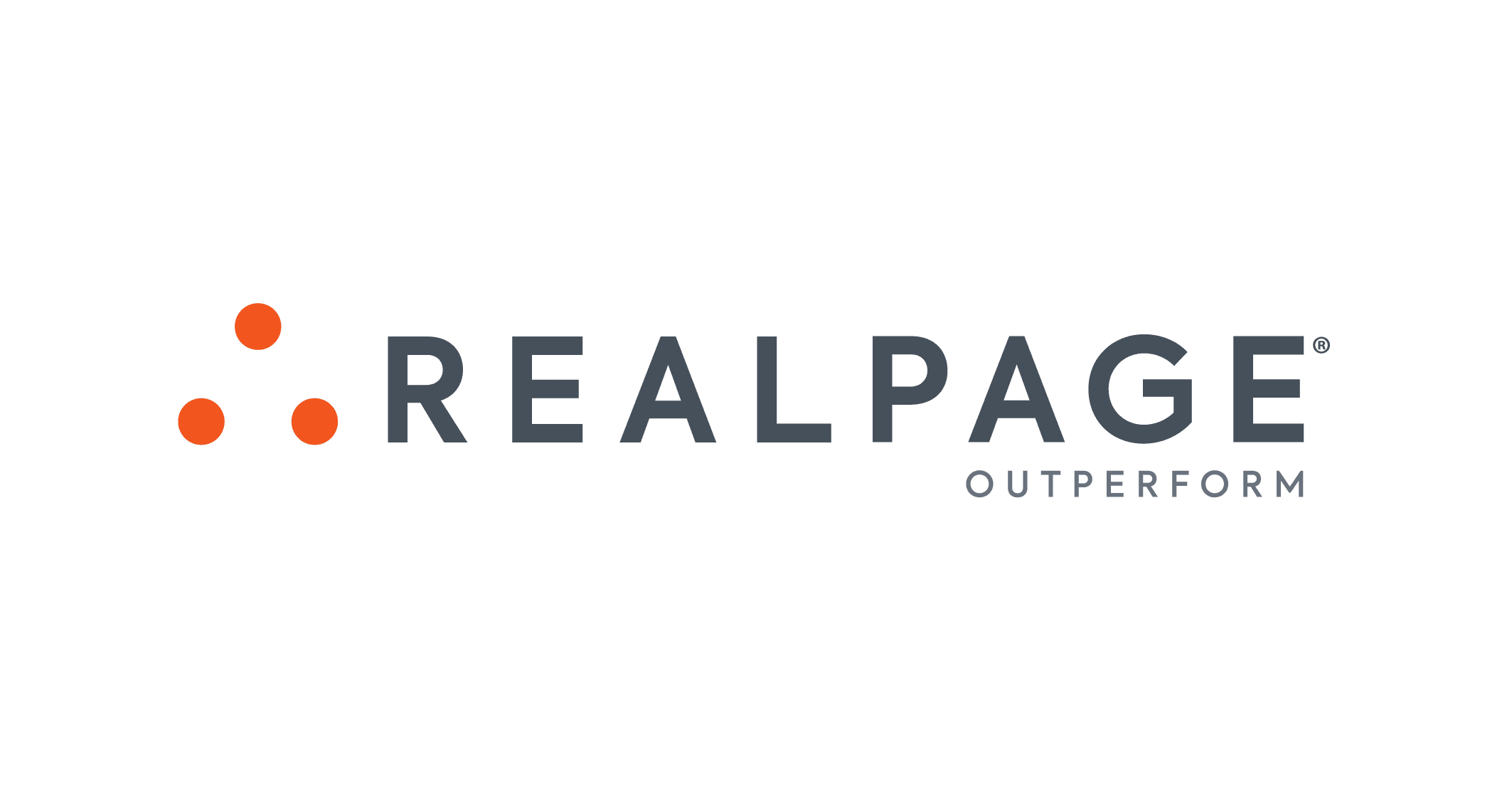It Takes A Smart Building To Improve BTR Operators' Net Operating Income

The UK’s build-to-rent market is evolving rapidly — and growing. Currently, demand is outstripping supply and rental levels have risen sharply — by 21% in prime outer London and by 26.3% in prime central London in the year to March 2022.
Alongside this growth, however, there is a real need to find ways to reduce costs and create a better experience for tenants. The answer is to create a smart building, said Hamish Neale, RealPage's director of sales, smart building suite.
A smart building is one that not only allows a manager to see how it is performing, but provides the facility for improvements, Neale said. It both uses and creates data that allows owners and operators to boost net operating income. Neale outlined three examples of areas where smart technologies could be implemented.
The first is energy efficiency. Two core pieces of technology for every BTR operator, Neale said, are a smart thermometer and smart lighting. These help residents reduce energy consumption and help operators meet ESG goals and reduce costs.
“We know that 10-13% of a BTR asset’s energy use comes from vacant units, which are kept at certain temperatures and lighting levels to show potential clients,” he said. “Smart energy systems can get that down to 5-6% of overall energy use by ensuring heating and lighting is only used when necessary, not accidentally left on.”
A tool to reduce consumption in habited apartments is geofencing, Neale said. This is a virtual geographic boundary, defined by GPS, that enables RealPage’s tool STRATIS to trigger a resident’s ‘home and away scene’ as they arrive at or leave their property. This gives residents an easy option to reduce consumption in their occupied unit.

A second area is asset protection such as water leaks. Escape of water damage is one of the most common types of domestic property domestic claims, which costs insurers £1.8M every day.
“Everyone has a smoke alarm, but water leaks cost as much as fire and theft,” Neale said. “In a multistorey building, toilets are stacked one above another — a leak could cost as much as £1M in damage. You could install a point device, so if it gets wet it sends an alert.”
A third, growing area is self-guided tours. A potential tenant is provided with access to amenities and the unit they are viewing using a smartphone.
“People like to do things themselves and often want to make multiple visits to show family members, for example,” Neale said. “Conversion rates for self-guided tours are actually higher than agent-led tours when both options are offered.”
If property managers need more incentive to create a smart building, Neale said, BTR residents have signalled their desire for more smart technology in a building. A white paper by Wise Living highlighted how people living in BTR properties would pay up to £25 a month more for an apartment that included smart technology.
The growth of the BTR market is clear, as investment continues to pour in to create new assets across the country. According to Neale, the only way to navigate the changeable rental market and stay ahead of the competition is to embrace technology from the beginning.
The use of smart technology will be the subject of a panel discussion led by Neale at Bisnow’s upcoming BTR Annual Conference.
This article was produced in collaboration between RealPage and Studio B. Bisnow news staff was not involved in the production of this content.
Studio B is Bisnow’s in-house content and design studio. To learn more about how Studio B can help your team, reach out to studio@bisnow.com.

